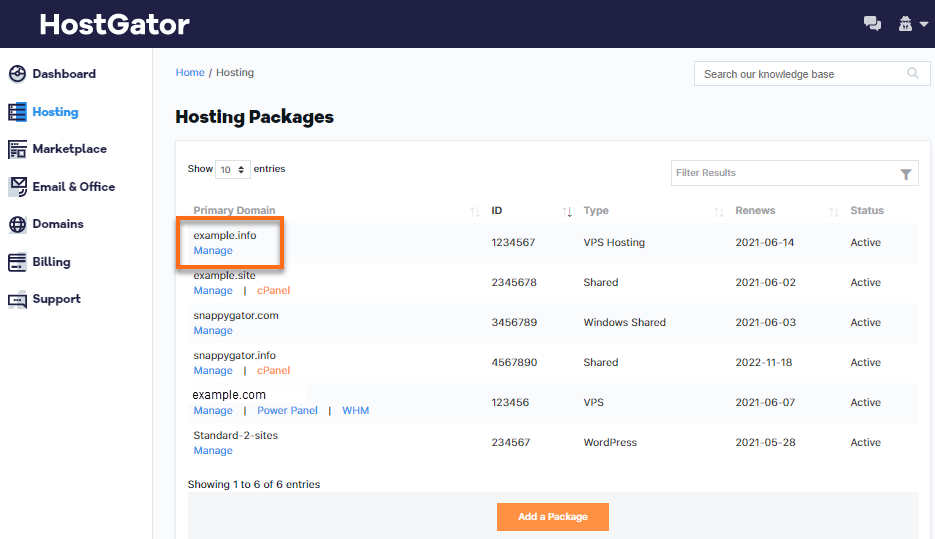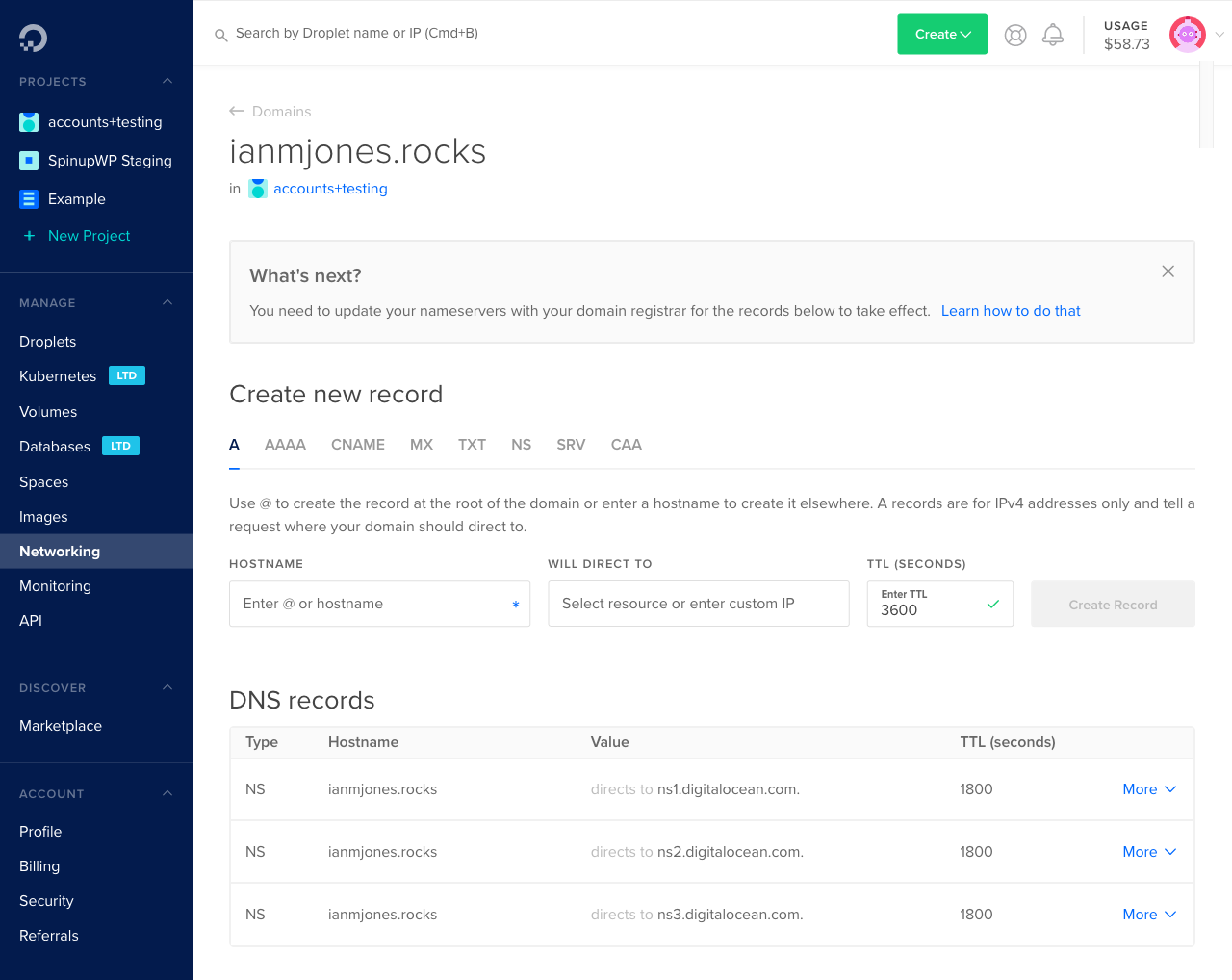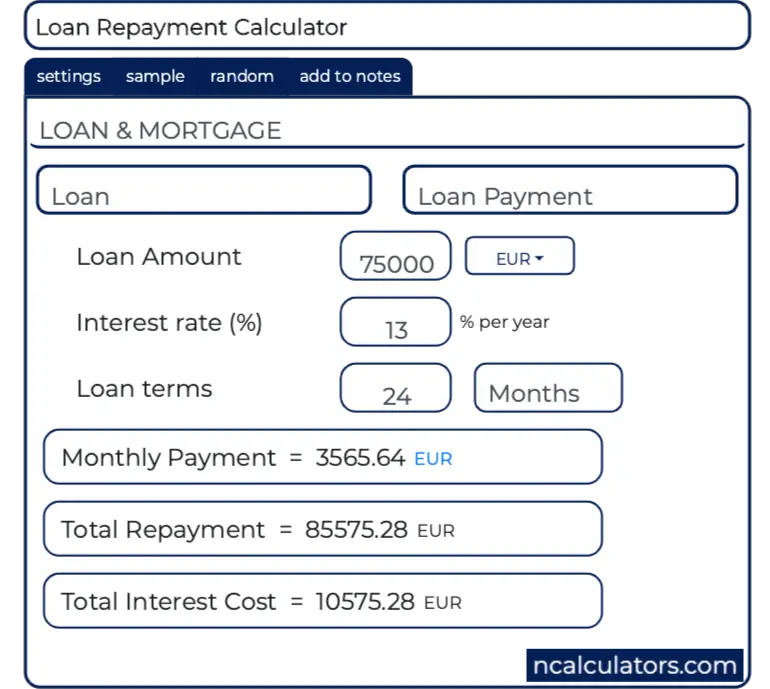In today's fast-paced world of online business, having a reliable web hosting service is critical to maintaining a strong online presence. While there are numerous hosting options available, one that has been gaining popularity is Virtual Private Server (VPS) hosting.
VPS hosting is essentially a middle ground between shared hosting and dedicated hosting. With VPS hosting, users share a physical server, but each user has their own virtual server with a dedicated amount of resources. This allows for greater flexibility, security, and customization options.
How Do I Log into the Web Host Manager (WHM)?

One of the key benefits of VPS hosting is that it gives users greater control over their server. This includes the ability to access and manage their server through a web-based control panel known as the Web Host Manager (WHM).
Logging into the WHM is a simple process. First, you will need to obtain your login credentials from your hosting provider. Once you have these credentials, simply navigate to your server's IP address followed by :2087 in your web browser. This will take you to the WHM login page where you can enter your credentials and access the control panel.
Linux Hosting Tips for Backing Up Your VPS

One of the most important aspects of managing a VPS is ensuring that your data is properly backed up. While many hosting providers offer backup services, it is always a good idea to have your own backup strategy in place.
When it comes to backing up your VPS, using a Linux-based system can offer greater flexibility and customization options. Here are a few tips to help you get started:
- Use a backup service such as Rsync or BackupPC to automate the backup process and ensure that your data is regularly backed up.
- Consider using a backup server or cloud-based storage system to store your backups securely offsite.
- Regularly test your backups to ensure that your data can be restored in the event of a failure.
How to Upgrade Your VPS

As your website or application grows, you may need to upgrade your VPS to accommodate increased traffic or resource demands. Thankfully, upgrading your VPS is a relatively simple process.
The first step in upgrading your VPS is to choose a hosting plan that meets your needs. This may involve upgrading to a higher level plan, adding additional resources, or switching to a different hosting provider.
Once you have chosen your new plan or provider, you will need to migrate your existing data to the new server. This may involve transferring your files, databases, and other settings to the new server. Your hosting provider should be able to assist you with this process and ensure that your data is transferred safely and efficiently.
Manage Your IoT Devices with a VPS Server Hosting

With the growing number of Internet of Things (IoT) devices flooding the market, managing these devices efficiently can be a challenging task. However, using a VPS server hosting can offer numerous benefits when it comes to managing IoT devices.
By using a VPS server hosting, you can create a dedicated environment for your IoT devices and ensure that they are securely connected to the internet. This allows you to manage and monitor your devices more efficiently, as well as customize your settings to meet your specific needs.
Additionally, using a VPS server hosting can help to increase the reliability and security of your IoT devices. By having a dedicated environment for your devices, you can ensure that they are not impacted by other devices or processes on the server, and that they are protected from potential security threats.
In conclusion, VPS hosting offers numerous benefits when it comes to managing your website or application. With greater flexibility, security, and customization options, VPS hosting can help you to take your online presence to the next level.

















![The Complete Guide to DNS for WordPress Website [Ultimate]](https://www.wpglobalsupport.com/wp-content/uploads/2018/04/web-Dns-Concept-Domain-Name-Syste-225683152-1.jpg)

 Success in trial preparation requires diligence, attention to detail, and a willingness to work hard. Here are some strategies used by successful lawyers to prepare for trial: 1. Create a Game Plan Create a game plan that outlines the key elements of your case theory and the strategy you will use to succeed. This plan should be detailed and include tasks, timelines, and milestones. The more detailed your plan, the more likely you are to achieve success. 2. Master the Rules of Evidence A thorough understanding of the rules of evidence is critical to presenting a convincing case. Ensure that you have a clear understanding of the relevant rules and know how to apply them effectively. 3. Be Familiar with the Jurors Knowing your jurors can make a significant difference in how you present your case. Research the jurors and try to understand their backgrounds, interests, and beliefs. By developing a connection with the jurors, you can create a more persuasive argument. 4. Stay Calm and Confident Preparing for trial can be stressful. However, it is essential to remain calm and confident. This requires preparation, practice, and a positive attitude. Staying calm and confident will help you present a more convincing argument and reduce the chances of making a mistake.
Success in trial preparation requires diligence, attention to detail, and a willingness to work hard. Here are some strategies used by successful lawyers to prepare for trial: 1. Create a Game Plan Create a game plan that outlines the key elements of your case theory and the strategy you will use to succeed. This plan should be detailed and include tasks, timelines, and milestones. The more detailed your plan, the more likely you are to achieve success. 2. Master the Rules of Evidence A thorough understanding of the rules of evidence is critical to presenting a convincing case. Ensure that you have a clear understanding of the relevant rules and know how to apply them effectively. 3. Be Familiar with the Jurors Knowing your jurors can make a significant difference in how you present your case. Research the jurors and try to understand their backgrounds, interests, and beliefs. By developing a connection with the jurors, you can create a more persuasive argument. 4. Stay Calm and Confident Preparing for trial can be stressful. However, it is essential to remain calm and confident. This requires preparation, practice, and a positive attitude. Staying calm and confident will help you present a more convincing argument and reduce the chances of making a mistake.  Preparing for trial can be challenging, but it is essential to a successful outcome. Below are some steps to help you prepare for trial: 1. Gather Evidence Gathering evidence is a critical part of preparing for trial. This includes documents, photographs, expert reports, and witness statements. Ensure that you have all relevant evidence before trial begins. 2. Develop Your Case Theory Develop a case theory that clearly outlines your position and the arguments you will use to support it. This theory should be based on the law and supported by relevant evidence. 3. Prepare Your Witnesses Your witnesses can make or break your case. Therefore, it is essential to prepare them thoroughly. This includes reviewing their statements and ensuring that they are comfortable and confident when testifying. 4. Practice Your Statements Practice your opening and closing statements to ensure that they are clear, concise, and compelling. This will help you make a strong impression on the judge or jury and increase your chances of success.
Preparing for trial can be challenging, but it is essential to a successful outcome. Below are some steps to help you prepare for trial: 1. Gather Evidence Gathering evidence is a critical part of preparing for trial. This includes documents, photographs, expert reports, and witness statements. Ensure that you have all relevant evidence before trial begins. 2. Develop Your Case Theory Develop a case theory that clearly outlines your position and the arguments you will use to support it. This theory should be based on the law and supported by relevant evidence. 3. Prepare Your Witnesses Your witnesses can make or break your case. Therefore, it is essential to prepare them thoroughly. This includes reviewing their statements and ensuring that they are comfortable and confident when testifying. 4. Practice Your Statements Practice your opening and closing statements to ensure that they are clear, concise, and compelling. This will help you make a strong impression on the judge or jury and increase your chances of success.  A trial notebook is a critical tool in preparing for trial. It is a document that contains all relevant information and evidence related to the case. Here are some tips on how to prepare a trial notebook: 1. Organize Your Materials The trial notebook should be organized in a logical and easy-to-use manner. This means dividing the materials into sections and labeling each section clearly. 2. Include Relevant Documents The trial notebook should contain all relevant documents, including pleadings, motions, and discovery responses. Additionally, it should include witness statements, photographs, and other evidence. 3. Create a Witness List A witness list is a list of all the witnesses who will be called to testify at trial. It should include their names, addresses, phone numbers, and a summary of their testimony. 4. Use Dividers and Tabs Dividers and tabs can help you stay organized and make it easier to find information quickly. Use dividers to separate different sections of the notebook, and use tabs to identify specific documents or evidence. In conclusion, preparing for trial requires a combination of knowledge, preparation, and strategy. Organize your evidence, develop a compelling case theory, prepare your witnesses, practice your statements, and use technology to your advantage. By doing so, you can increase your chances of achieving a successful outcome.
A trial notebook is a critical tool in preparing for trial. It is a document that contains all relevant information and evidence related to the case. Here are some tips on how to prepare a trial notebook: 1. Organize Your Materials The trial notebook should be organized in a logical and easy-to-use manner. This means dividing the materials into sections and labeling each section clearly. 2. Include Relevant Documents The trial notebook should contain all relevant documents, including pleadings, motions, and discovery responses. Additionally, it should include witness statements, photographs, and other evidence. 3. Create a Witness List A witness list is a list of all the witnesses who will be called to testify at trial. It should include their names, addresses, phone numbers, and a summary of their testimony. 4. Use Dividers and Tabs Dividers and tabs can help you stay organized and make it easier to find information quickly. Use dividers to separate different sections of the notebook, and use tabs to identify specific documents or evidence. In conclusion, preparing for trial requires a combination of knowledge, preparation, and strategy. Organize your evidence, develop a compelling case theory, prepare your witnesses, practice your statements, and use technology to your advantage. By doing so, you can increase your chances of achieving a successful outcome.


















